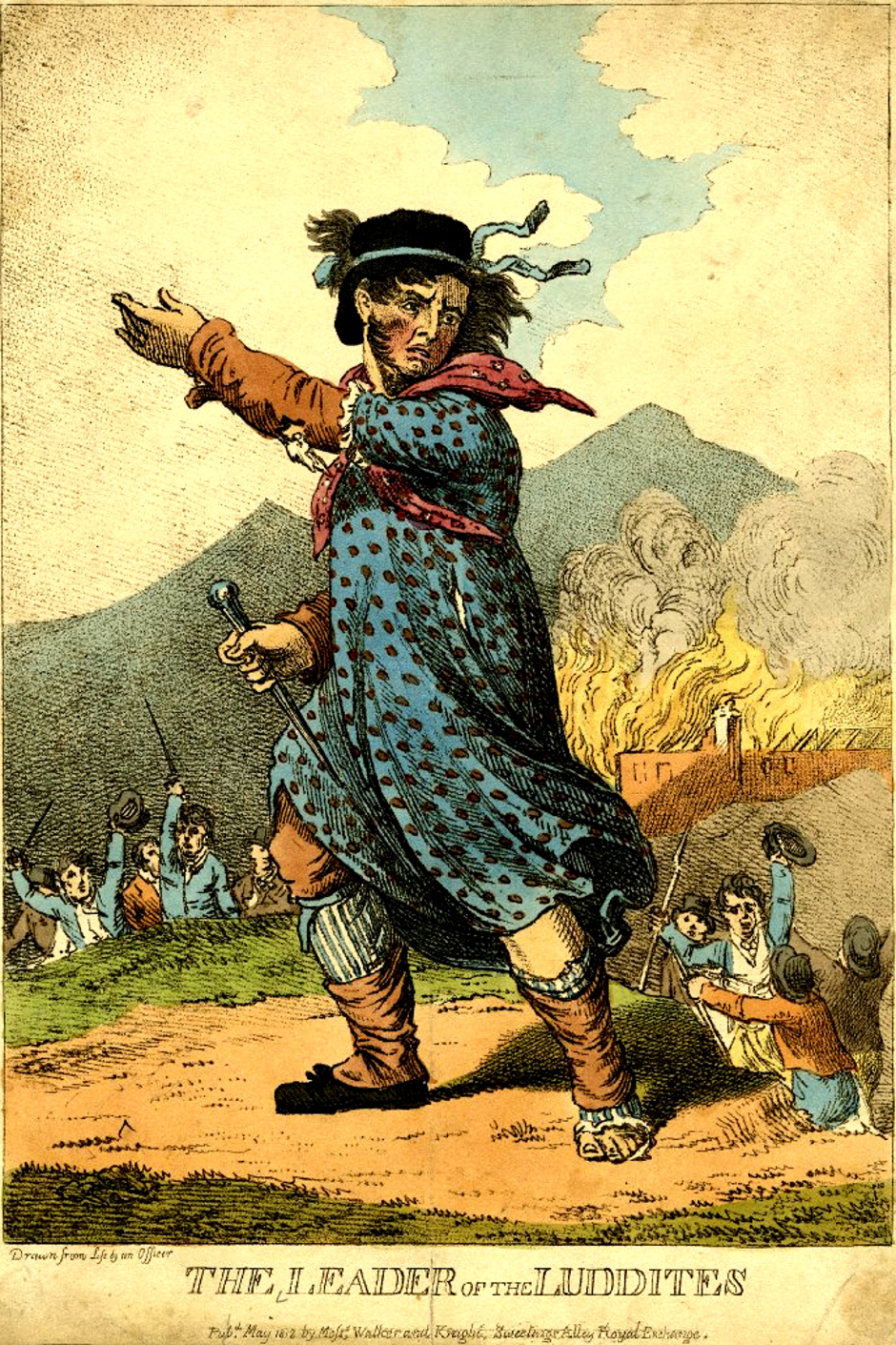
Since I now have time to go over older posts critiquing the mythicist view of Jesus, I have decided to address head on some of the arguments against mythicism that appear to have been left dangling. Such an exercise, of course, does not argue “for” mythicism. But it is important that bogus arguments, especially from professional scholars, are exposed for what they are.
I select first of all Mythicist Mythunderstanding simply because it happens to be near the top of my zotero list.
McGrath’s argument is, in fact, a classroom classic in circular reasoning.
James McGrath begins:
I’ve long been perplexed by the frequent complaint from mythicists (i.e. those who claim that Jesus was a purely invented figure, not even based on a real historical human individual) that those working on the historical Jesus simply assume as a presupposition that Jesus existed, rather than addressing the question directly.
I think such individuals are looking for a demonstration by historians, in the introductory part of their book about Jesus, “proving” he existed, before going on to discuss anything he may have said or done. That this is what is meant seems clear because one may cite a saying or incident that is generally considered authentic, only to be met with the retort, “But how do you know he even existed?”
Yes, a few introductory remarks in an introduction would be helpful. One does sometimes see exactly that sort of information in books about Alexander the Great and Julius Caesar, for example.
It is not hard to find scholarly explanations for how it is known that Julius Caesar existed. The primary evidence is fairly conclusive.
This, in turn, raises the probability that certain names and events associated with Julius Caesar and related in certain types of secondary evidence are also historical.
As for Socrates, we have no primary evidence [evidence physically located at the time of the person or event], so the probability of his existence cannot be as high as that for Julius Caesar, but nonetheless, there are strong arguments in favour of his existence that are derived from multiple yet truly independent secondary sources.
Further, not too long after McGrath posted the above, I did demonstrate in detail how a scholar such as E. P. Sanders really does attempt to decide what Jesus said and did entirely on the assumption that he did indeed exist. All the arguments for a particular deed, e.g. the “cleansing of the temple”, being authentic were predicated on the assumption that Jesus existed. One can argue with more justification (fewer a priori assumptions such as the historicity of Jesus) that such a deed in the narrative is entirely the work of fiction. James McGrath never replied to my demonstration of this, or similar posts in which I again demonstrated the same point.He did eventually, when pushed, merely say that he “disagreed” with me. But he at no time demonstrated my argument or case to be false.
It is indeed true that HJ historians do begin with the presumption of the existence of Jesus, and I have demonstrated that, particularly in the case of E.P. Sanders.


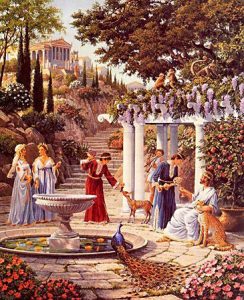

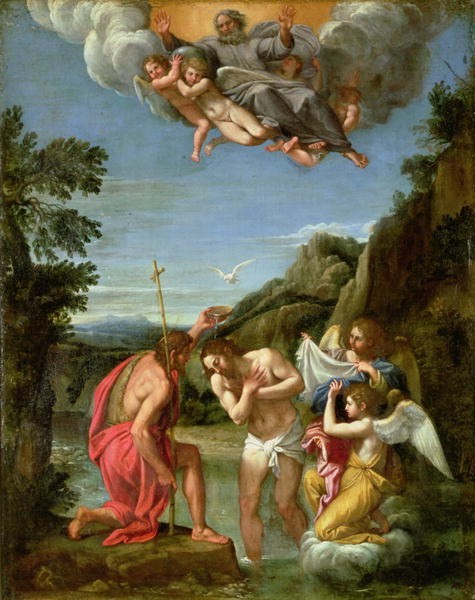
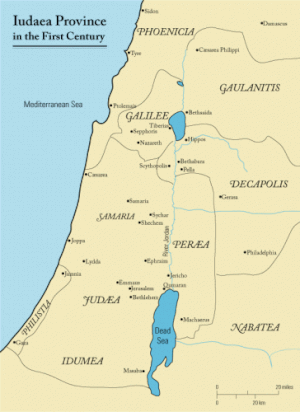
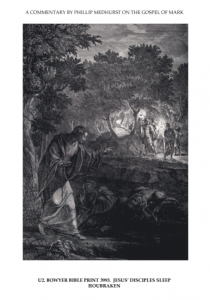

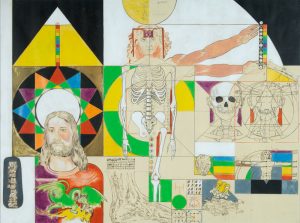

 Philo was a Jewish philosopher in Egypt who died around 50 ce. Much of his literary work was an attempt to explain Jewish beliefs in the language of Greek (or Hellenistic) philosophers.
Philo was a Jewish philosopher in Egypt who died around 50 ce. Much of his literary work was an attempt to explain Jewish beliefs in the language of Greek (or Hellenistic) philosophers.
